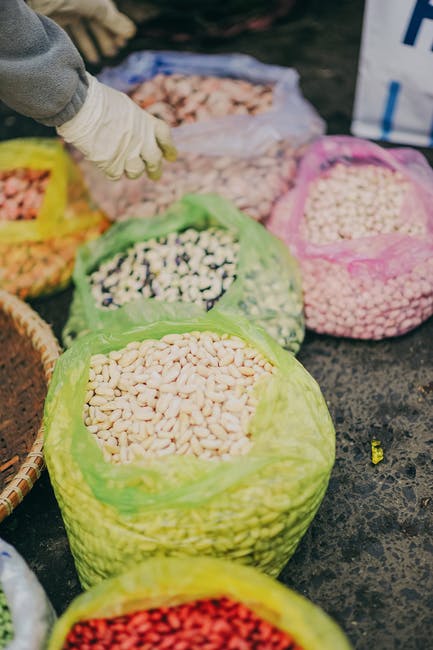Diabetics are advised to limit their intake of common grains due to their high carbohydrate levels, even though they are high in fiber that’s beneficial for the digestive system. If they are consumed, physicians recommend that they not be highly-refined, processed grains. Then there’s the question of ancient grains.
Technically, all grains are ancient grains since they’ve been around for centuries. When eaten in their purest forms, they can be helpful in managing diabetes and in reducing the risk of developing the disease. Grain promotes a healthy heart and digestive system. They contain fiber that can aid in reducing the absorption of sugars.
When nutritionists refer to ancient grains, they typically have specific examples in mind. The following are considered ancient grains that are beneficial for people with diabetes. Just remember to eat them in moderation.
Amaranth – Gluten-free, it’s been cultivated for over 8,000 years.
Barley – It contains vitamin B1, trace minerals known as micronutrients, and it contains gluten. The grain can be added to soups, salads, and stuffing or eaten as a side dish.
Bulgur – Full of trace minerals, it’s often used as a substitute for pilaf and in salads. It does contain gluten.
Farro – The grain is gluten-free, contains trace minerals, antioxidants, and is used in soups and salads.
Fonio – Available in white and black varieties, it has micronutrients and is gluten-free.
Freekeh – It contains gluten, along with compounds that may lower the risk of degenerative eye disorders. It’s often used in soups, stews, casseroles and salads.
Khorasan wheat – Also known as Kamut, the grain contains vitamin B3, trace minerals, and gluten.
Millet – It’s a grain typically used in wild bird seed mixes and has several trace minerals essential for health. It’s gluten-free.
Quinoa – Loaded with micronutrients, it’s gluten-free, rich in protein, and contains antioxidants.
Rye – The grain is rich in micronutrients, but it does contain gluten.
Sorghum – It’s rich in antioxidants and trace minerals.
Teff – It’s the world’s smallest grain, high in vitamins and micronutrients, and gluten-free. It’s often used in soups, stews and baked goods.
If you would like to find out about earning cash for your unwanted, unused and boxed test strips, complete our online quote form today.
If you have extra, unopened and unused boxes of diabetic test strips – whether you have switched brands, no longer need to test or test less frequently, or have a loved one who has passed away – don’t let them gather dust until they’ve expired and end up in the trash. We’re the best place to sell diabetic test strips online, and if you want to sell your test strips, we’re here to make the process easy and enjoyable!
Visit us at Sell Your Test Strips and get your free quote today!
Like us on Facebook

